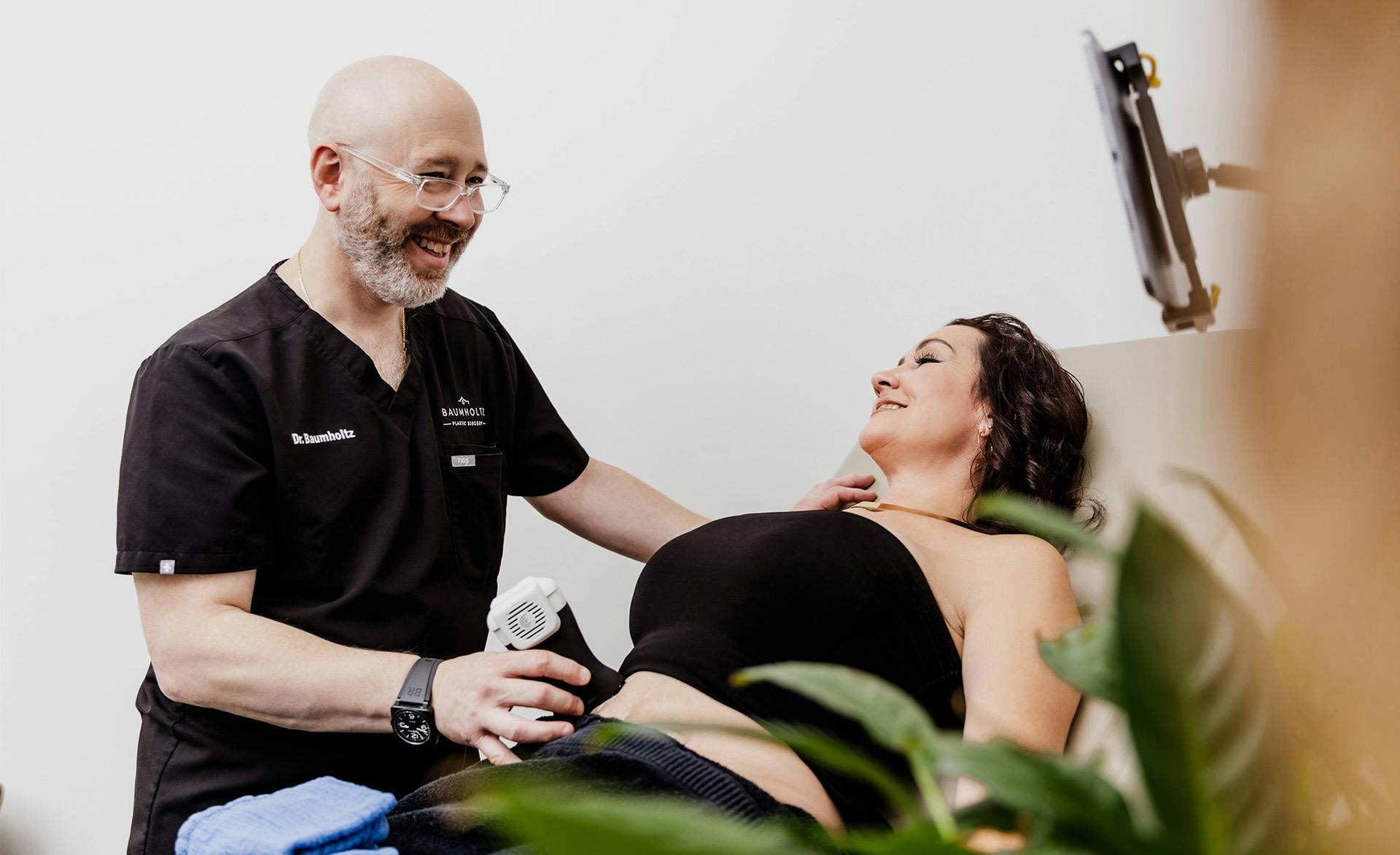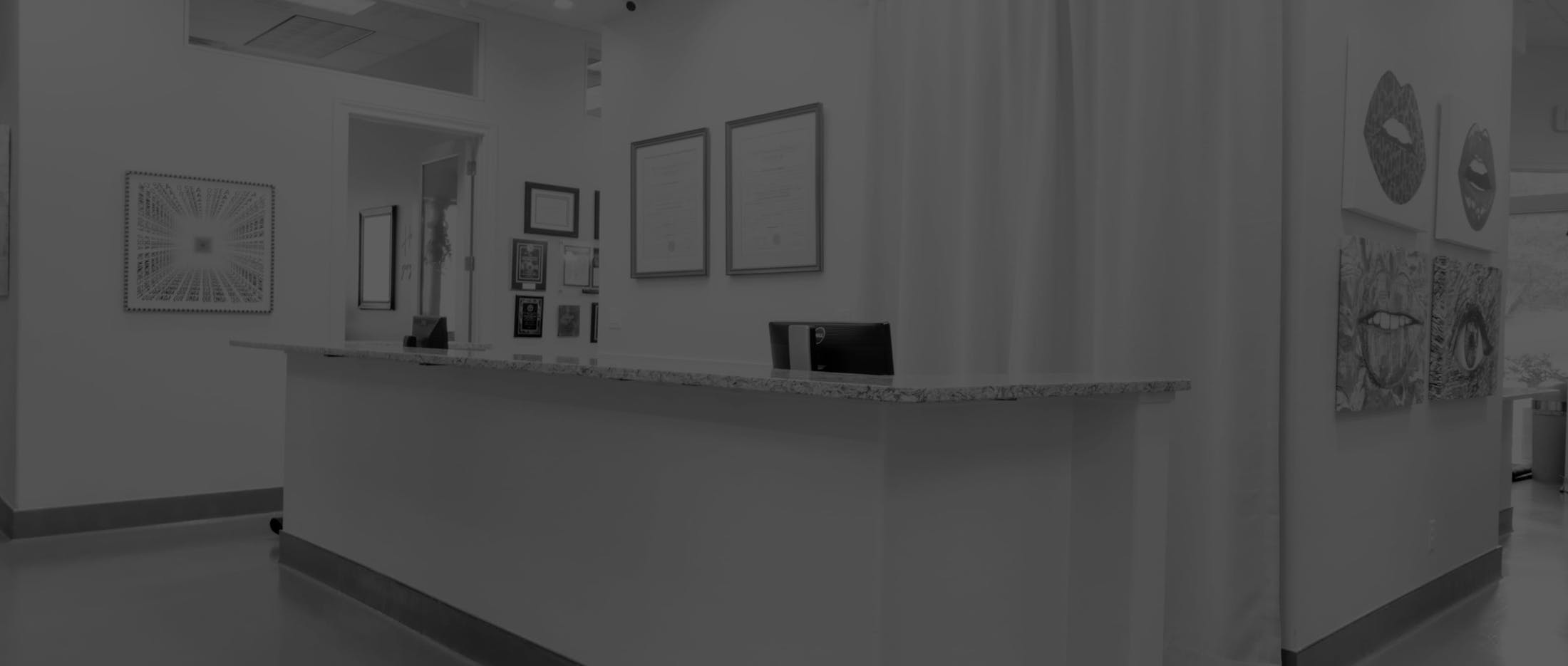Experience the transformative power of post-weight loss body contouring in San Antonio, in which sculpting your new physique goes hand-in-hand with uplifting your self-confidence.
What is Body Contouring Post-Weight Loss?
Body contouring post-weight loss is a comprehensive set of surgical procedures designed to address the excess skin, tissue, and stubborn fat deposits that often remain after significant weight loss. We tailor these procedures to each patient's unique needs, helping to sculpt and refine the body's contours for a more proportionate, toned appearance. This transformative approach enhances physical aesthetics and aims to boost self-confidence by providing individuals with the physical refinements they desire after their weight loss journey.









